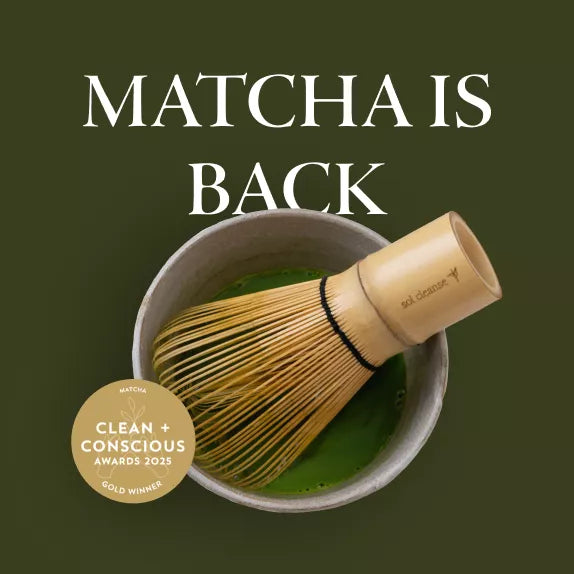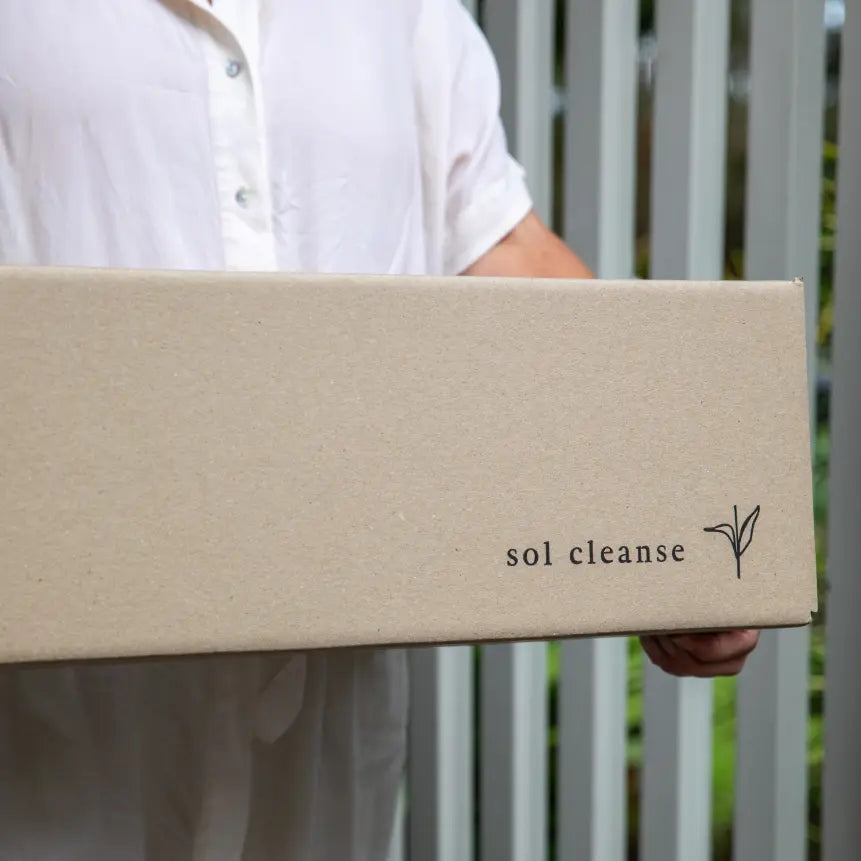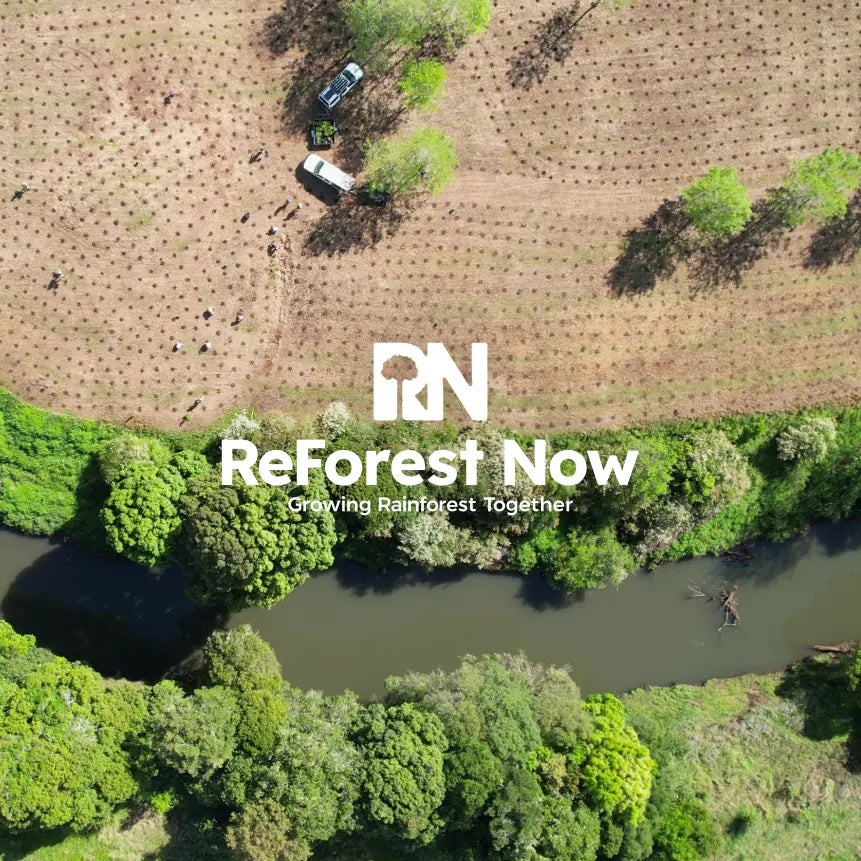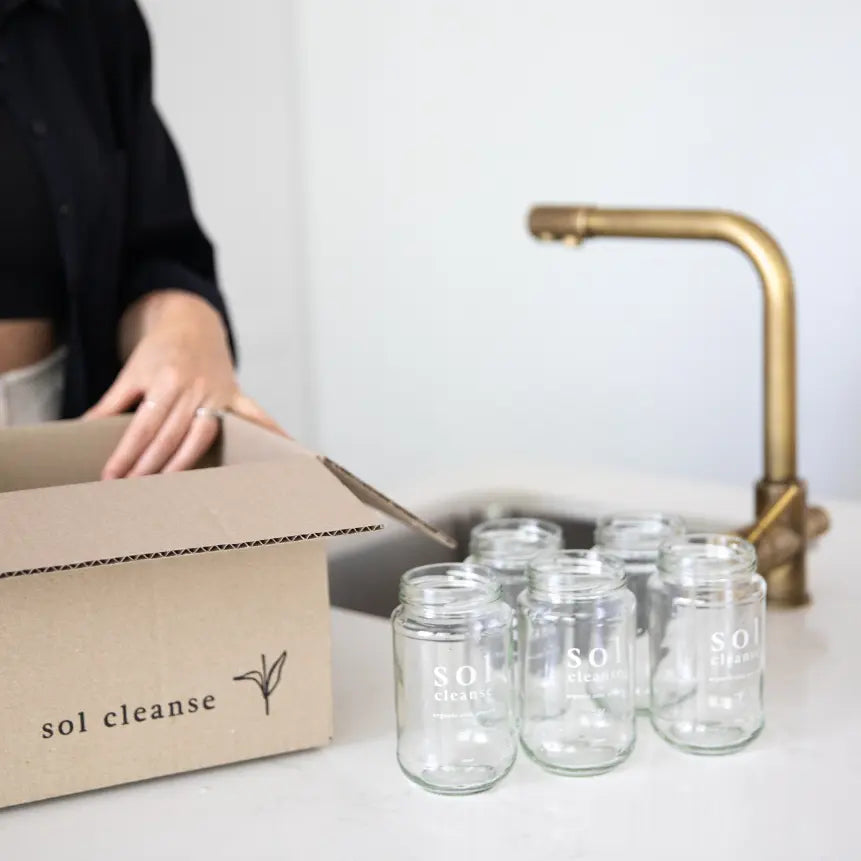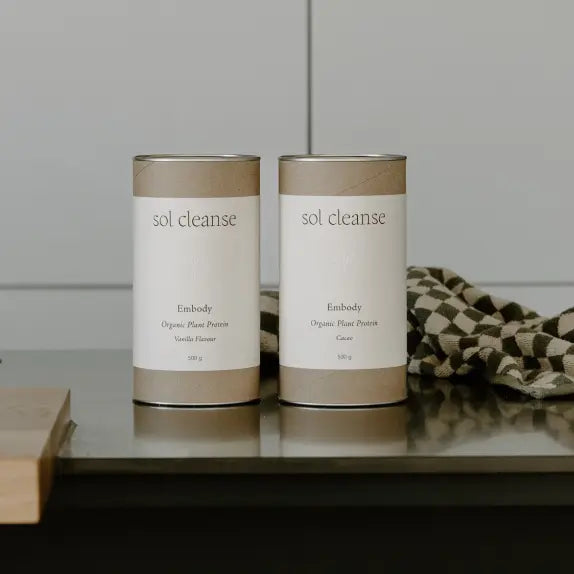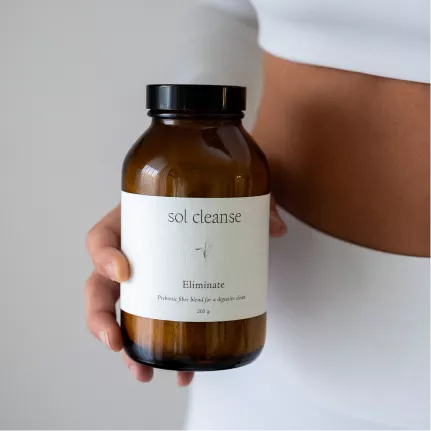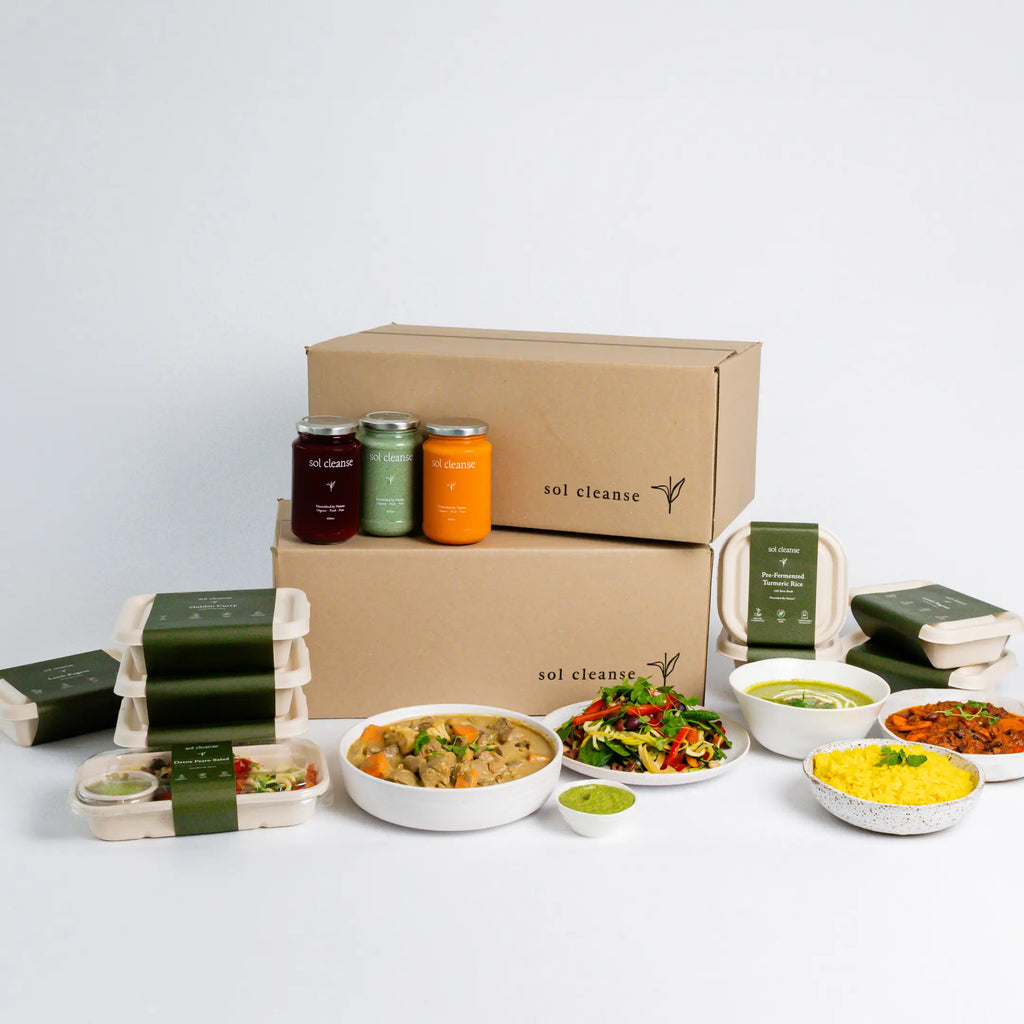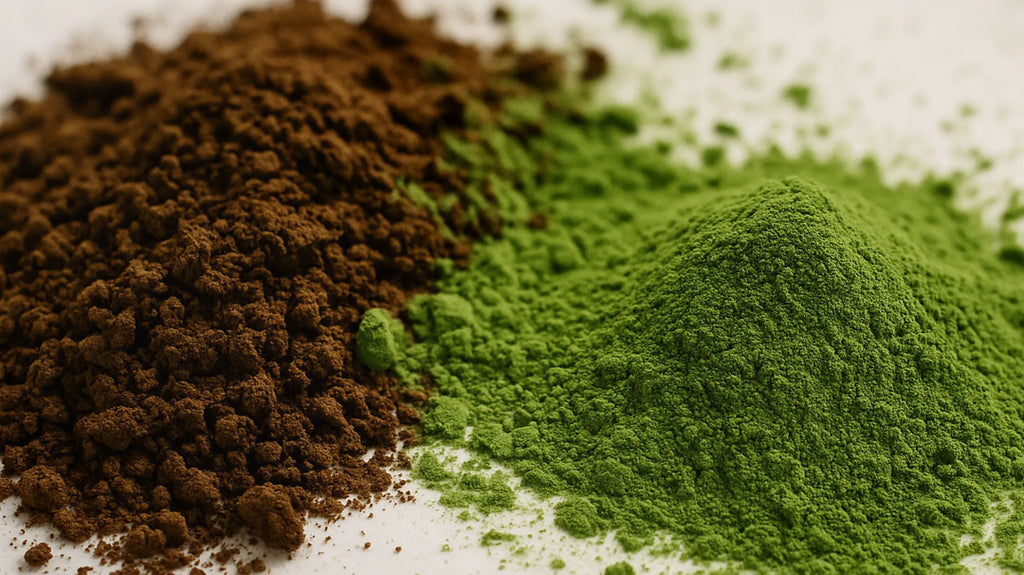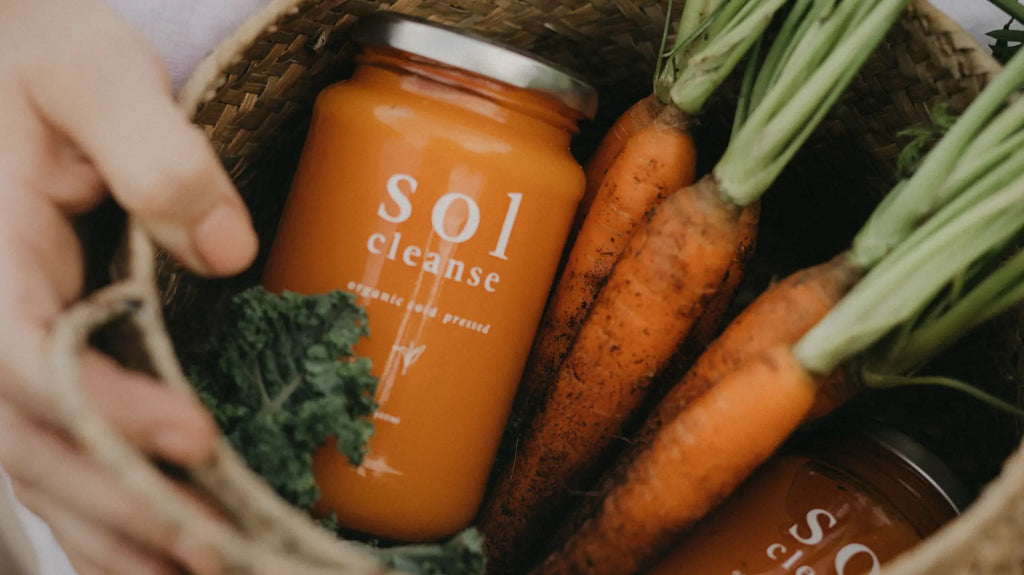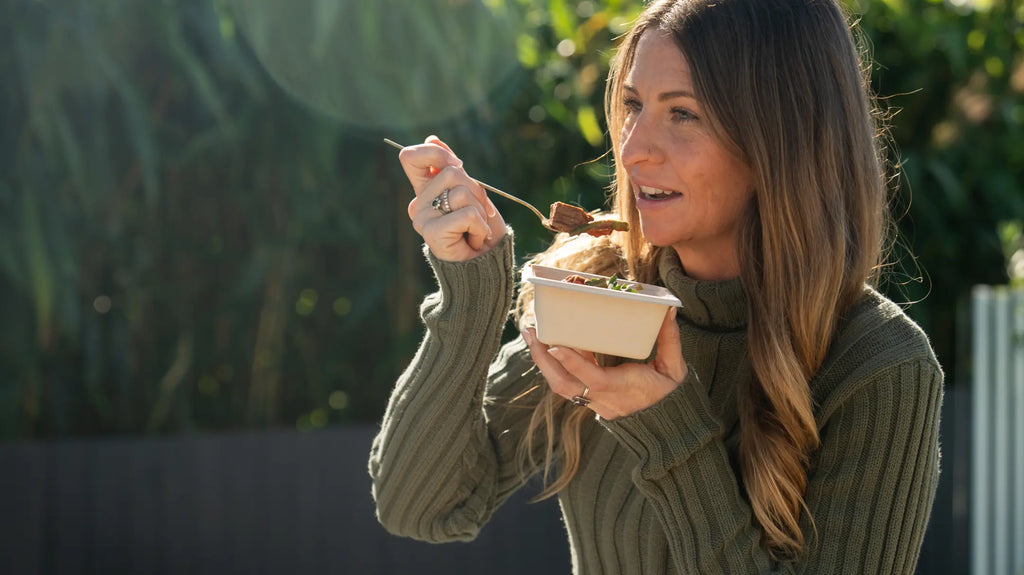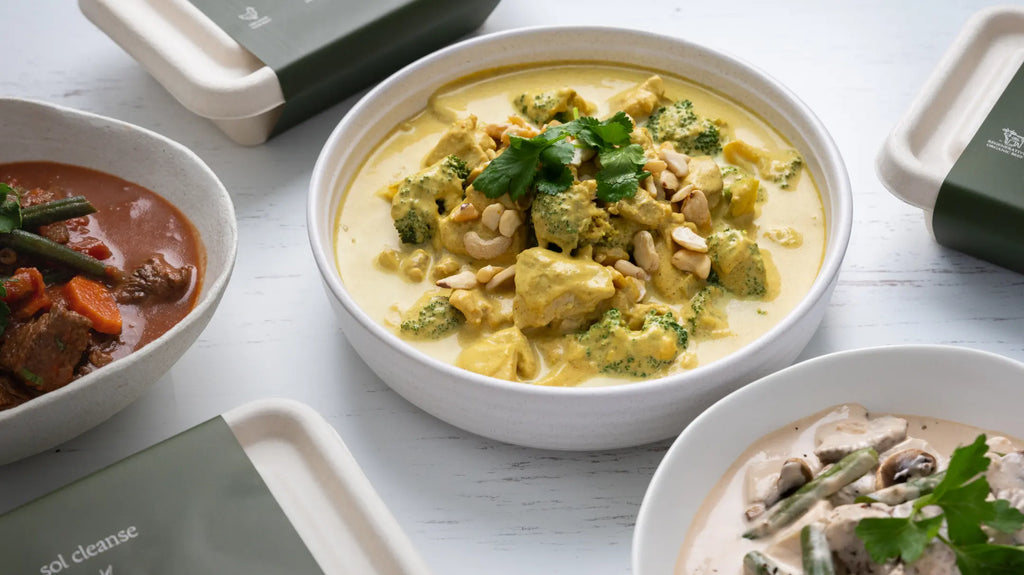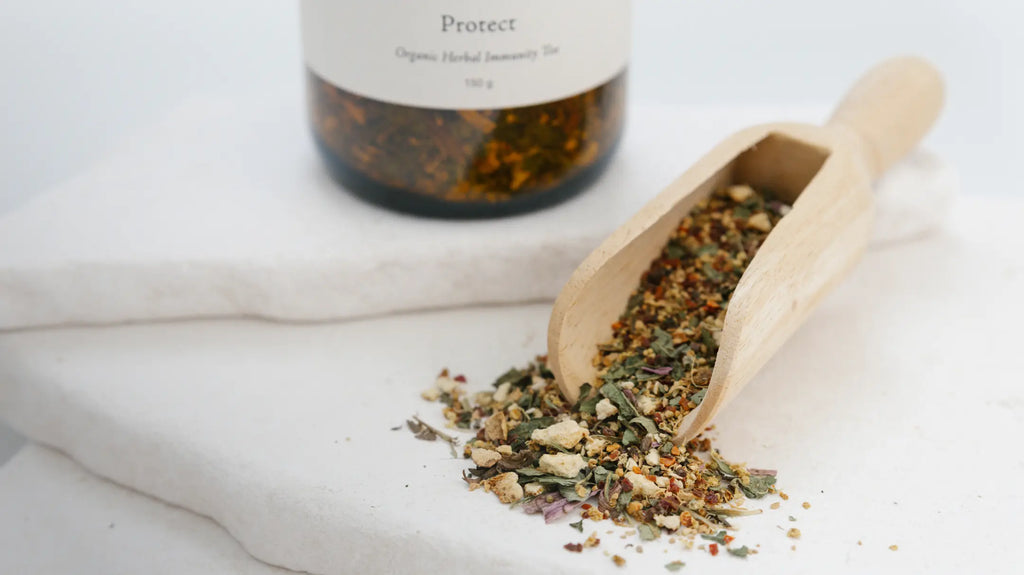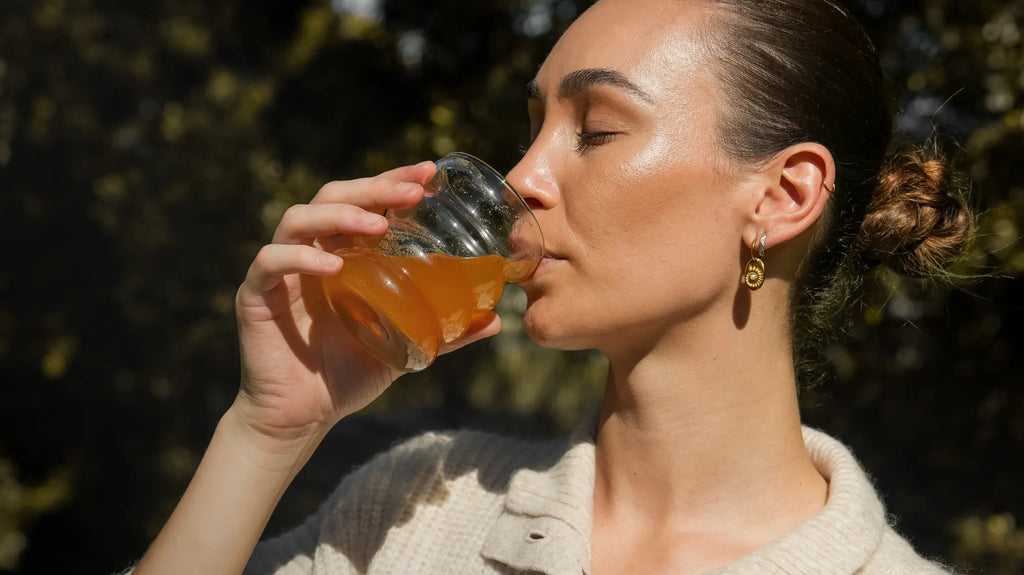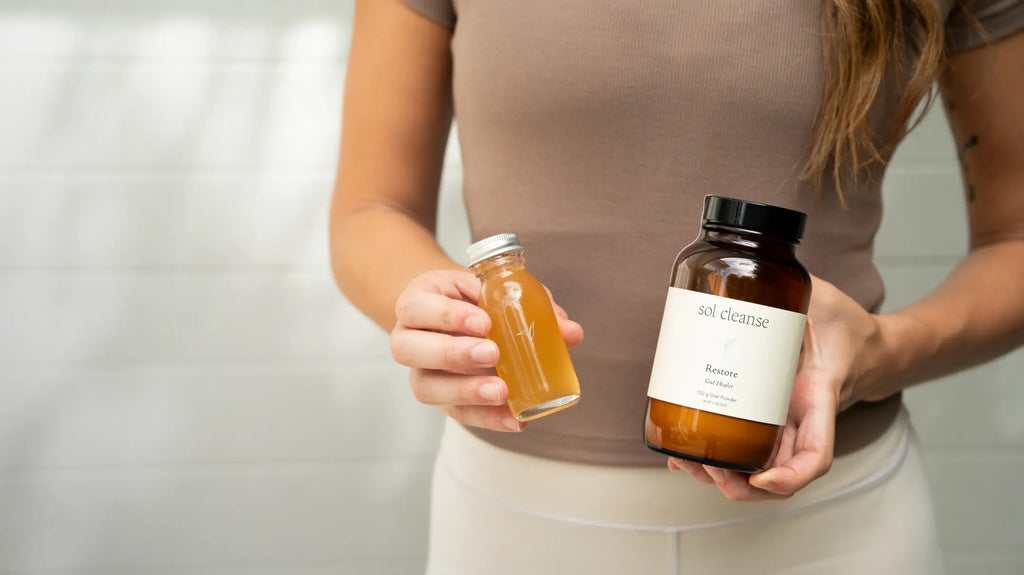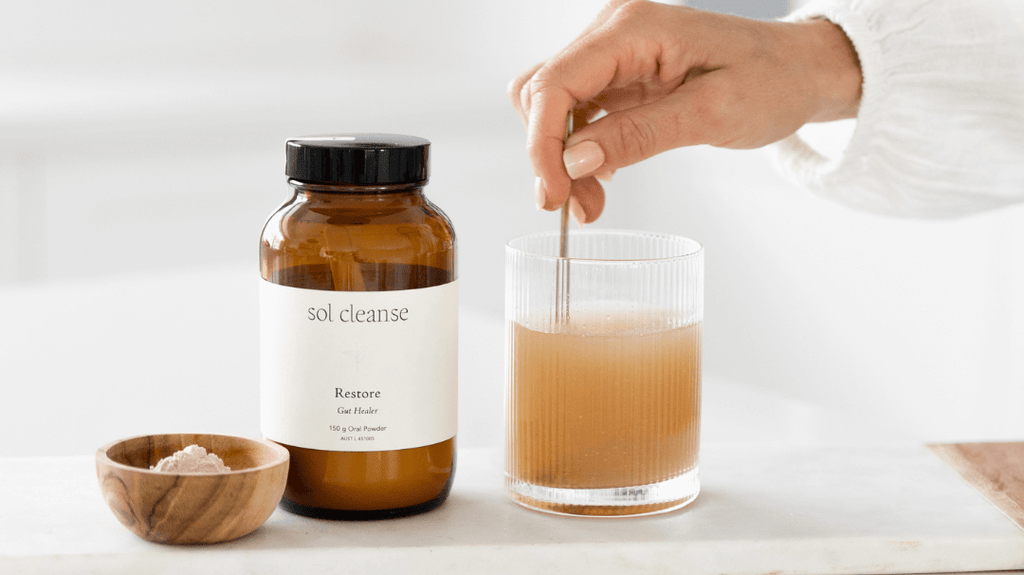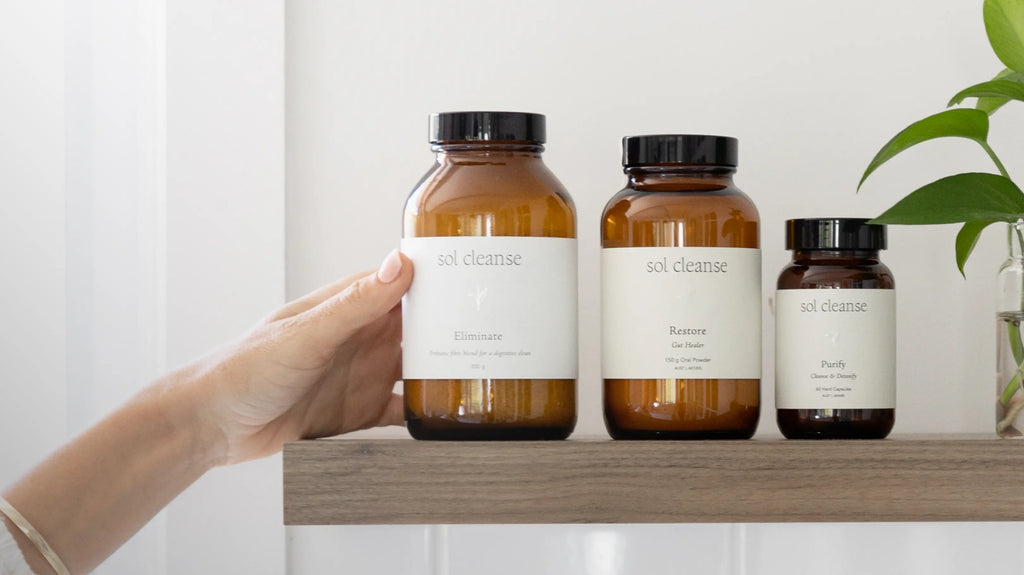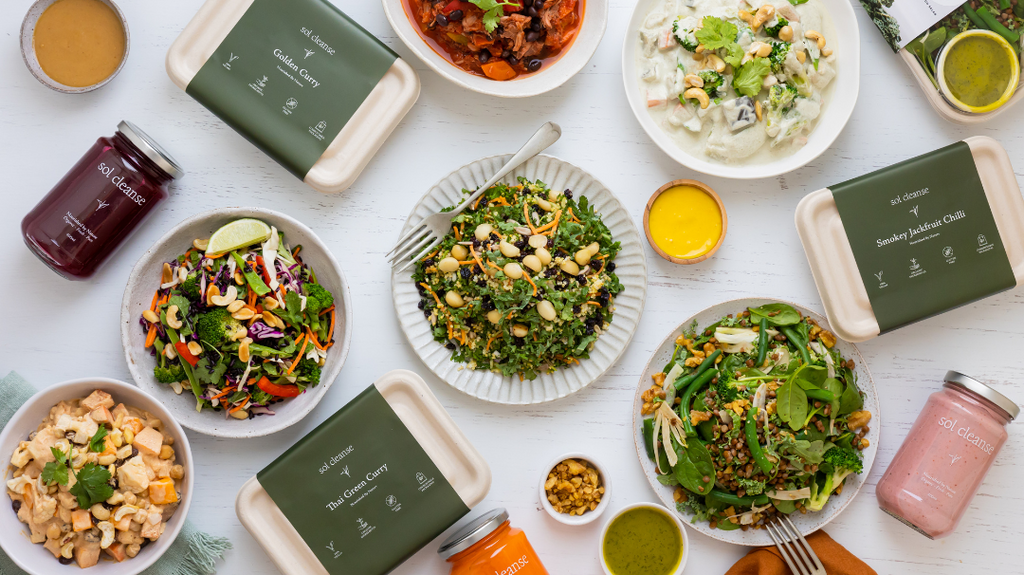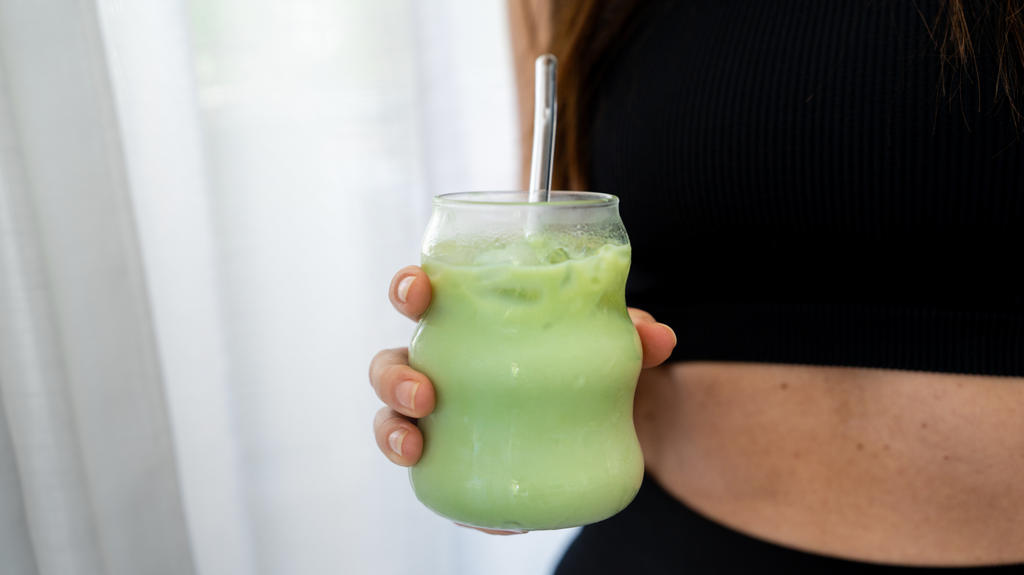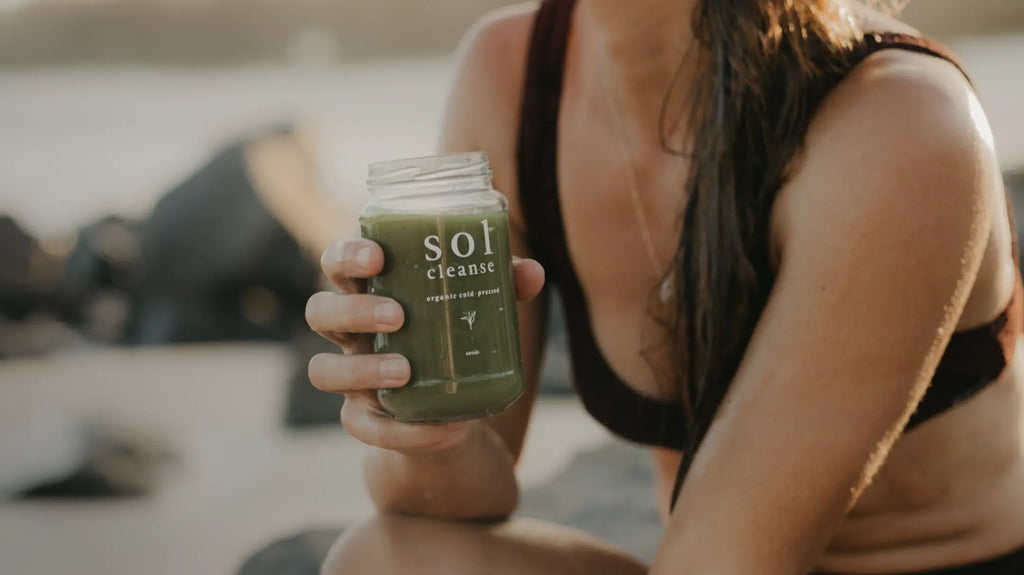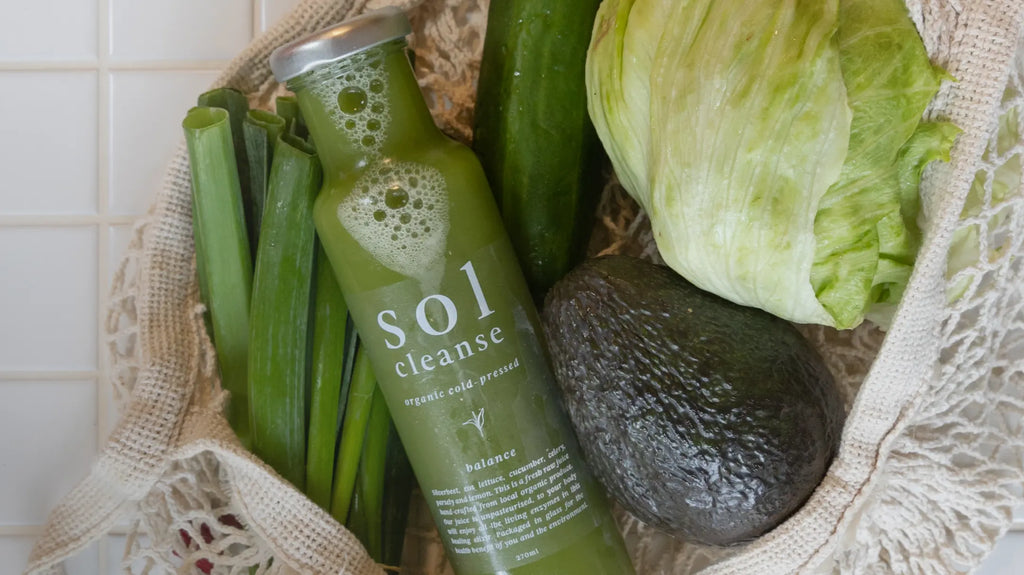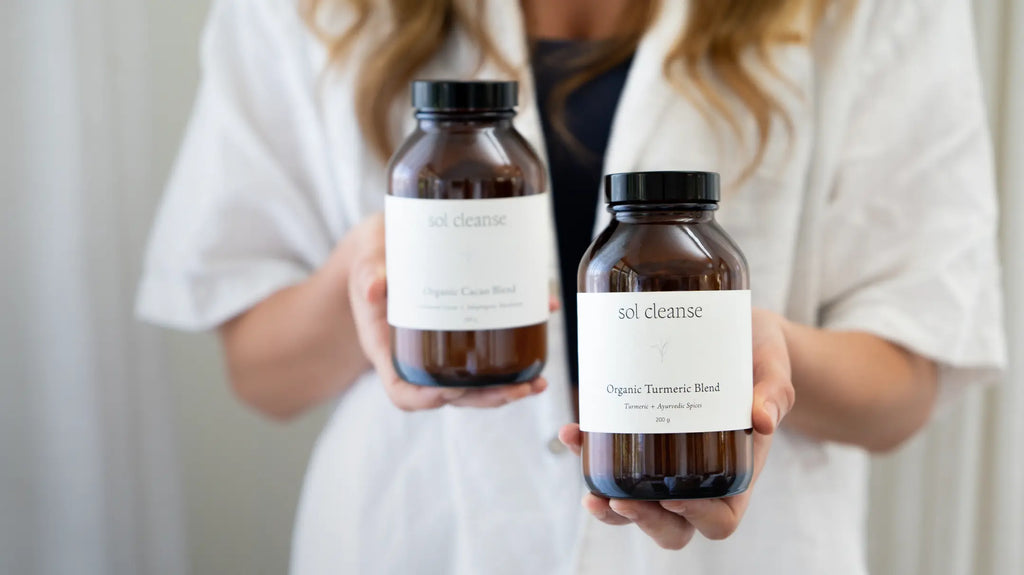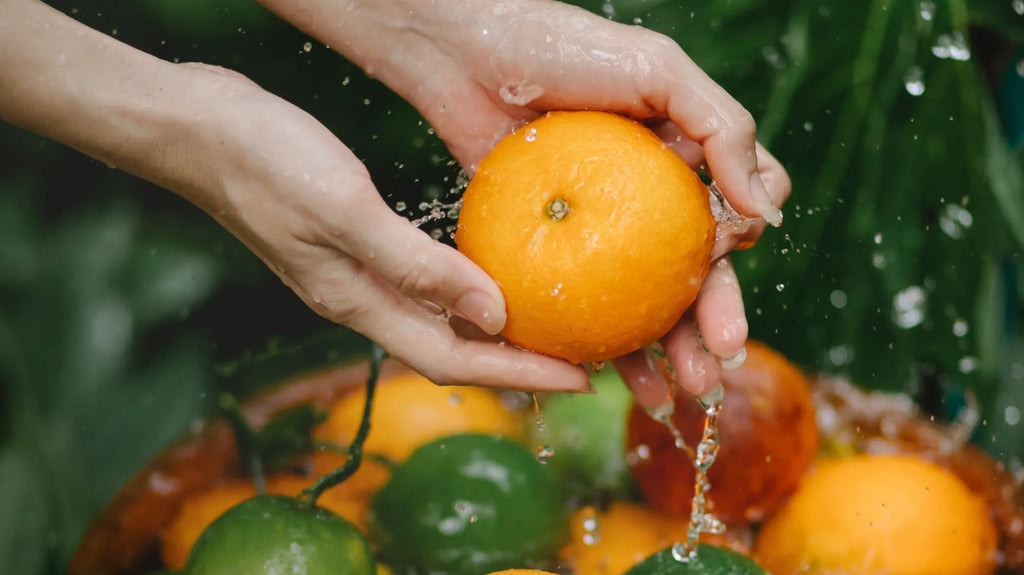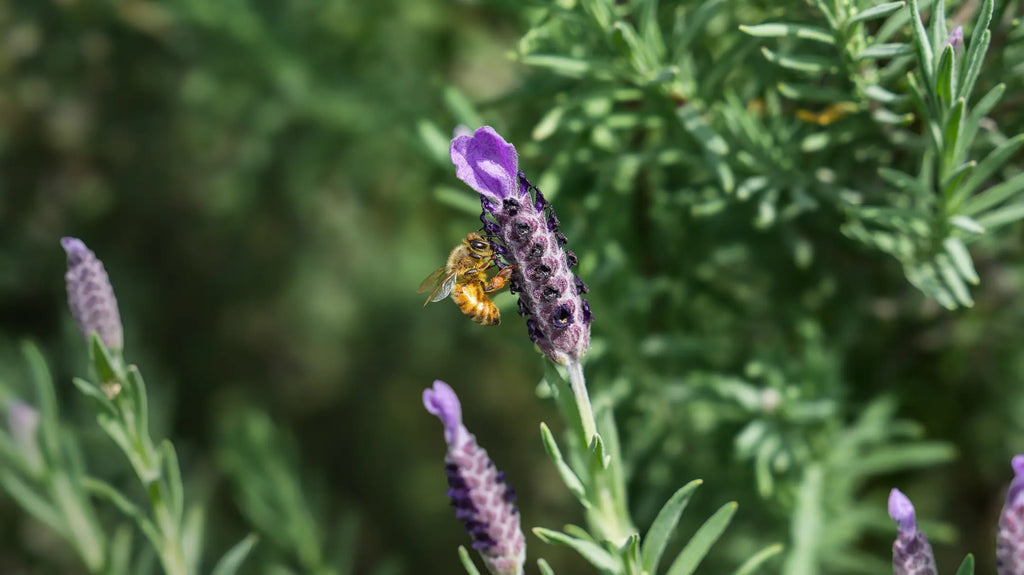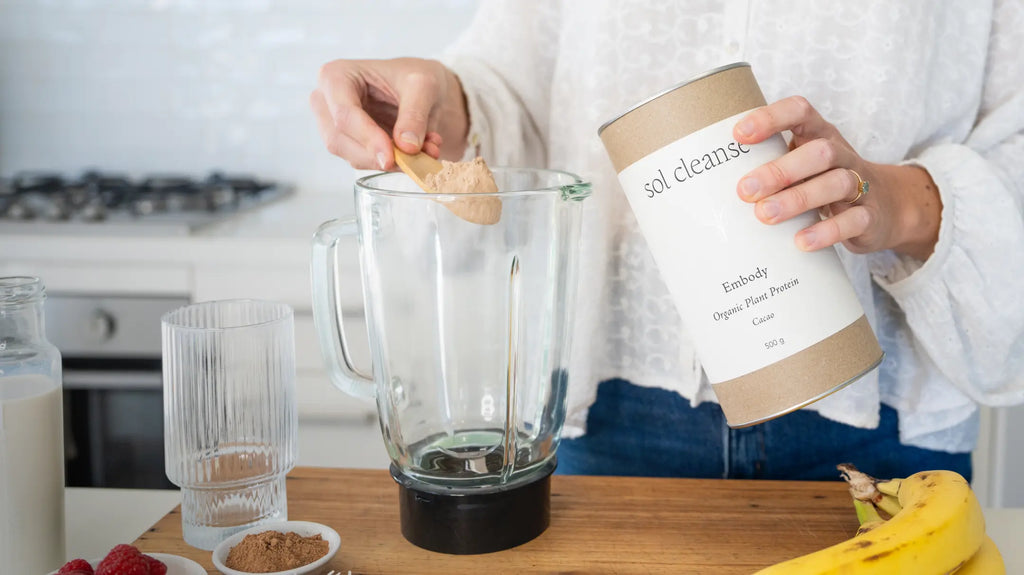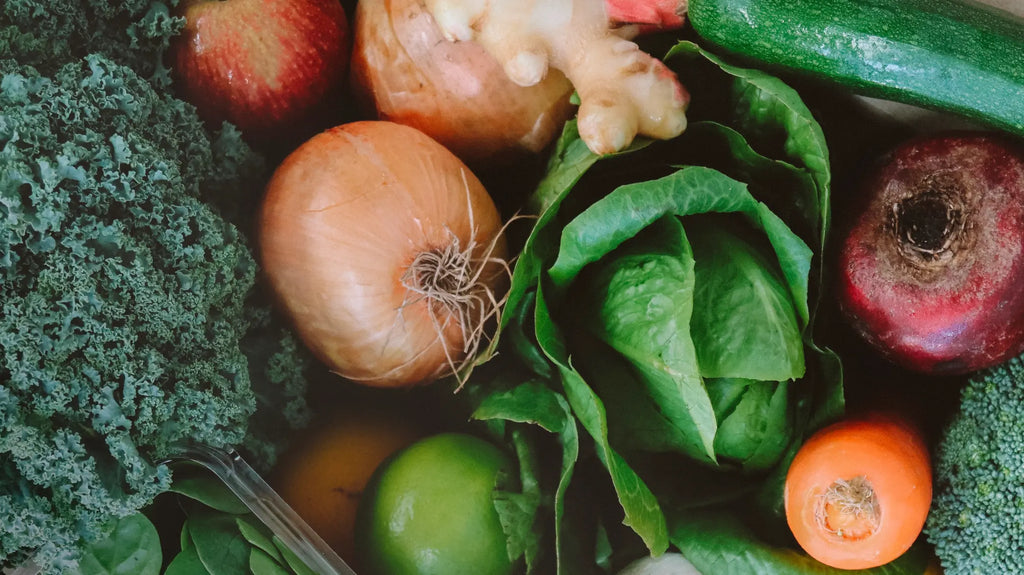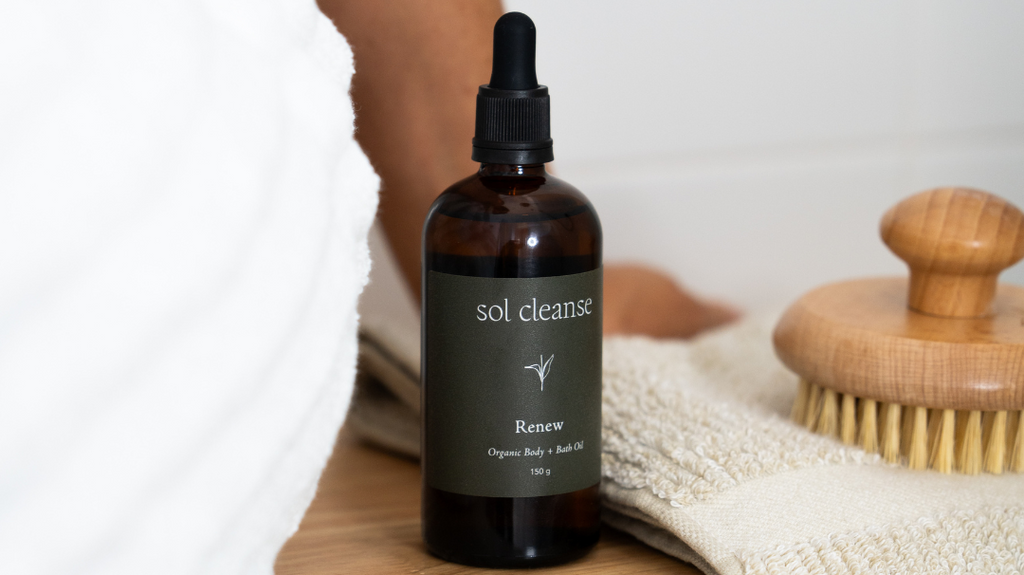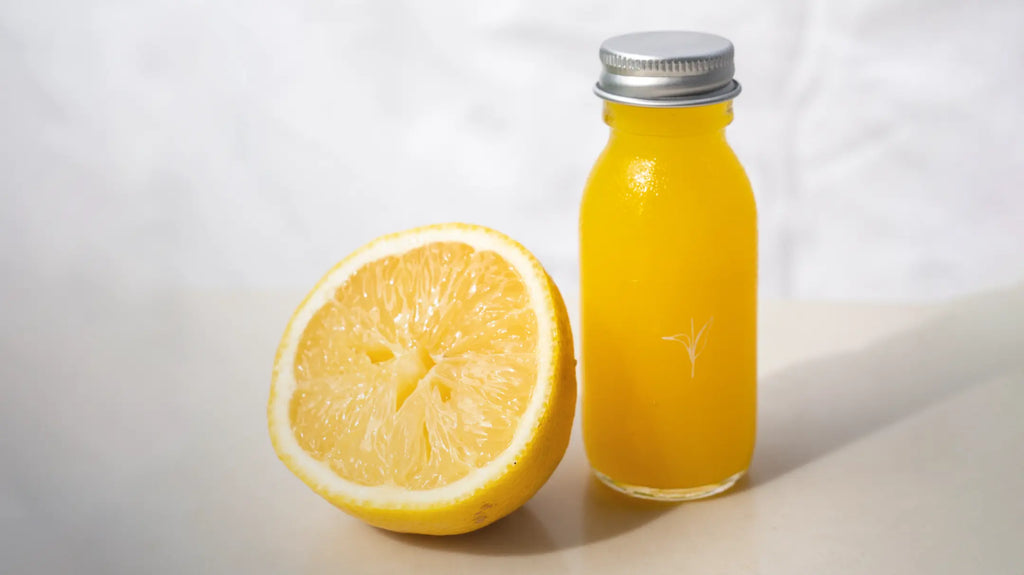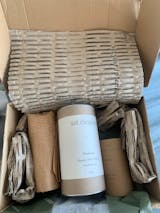When we think about eating sustainably, it’s easy to focus on things like organic vegetables, growing a garden or reducing food waste. But one of the most powerful ways we can support both our health and the environment is by choosing regenerative meat.
Our food philosophy at Sol Cleanse honours the life force of food—how it’s grown, raised, prepared and shared. Regenerative meat aligns with everything we stand for: whole, nutrient rich and consciously sourced food that supports healing on every level.
What is regenerative meat?
Regenerative meat comes from animals raised using regenerative farming practices. Unlike conventional farming, which often depletes the land, regenerative agriculture aims to restore and improve the soil, water cycles and ecosystems. It’s about working with nature—not against it.
A key part of this approach is rotational grazing, where livestock are moved through pastures in a way that mimics natural herd movement. This gives grasses time to regrow and allows the soil to absorb nutrients and carbon.
The result? Healthier animals, richer soil, and a farming system that contributes to environmental regeneration rather than degradation.
Regenerative farming in Australia: How it’s different
Australia is home to a thriving meat industry—but the reality is, much of the meat available to purchase is still conventionally raised. These systems often prioritise speed and volume over welfare and sustainability—animals are fed grain-heavy diets, confined in crowded conditions, and frequently exposed to antibiotics and growth hormones.
Regenerative farming in Australia, on the other hand, focuses on long-term sustainability. Animals are pasture-raised and grass-fed, grazing freely on native grasses without synthetic inputs. This improves soil health, reduces erosion, boosts biodiversity and increases the land’s capacity to store water and carbon.
Who we source from: Sol Cleanse meat producers
At Sol Cleanse, we’ve chosen to partner with a select group of Australian farmers who practise certified organic and regenerative farming. These suppliers were chosen for their commitment to soil health, animal welfare, and integrity in every step of the process.
Chicken
All of our chicken is certified organic and comes from farms where birds are raised free-range on pasture, without the use of growth hormones, antibiotics, or synthetic medications. In alignment with organic standards, chickens may be vaccinated preventatively to reduce the risk of disease and suffering—never with synthetic additives, and only when absolutely necessary to support the animal’s wellbeing and is required to comply with food safety standards.
Beef
Our beef is sourced from a certified organic, regenerative farm. The cattle are 100% grass-fed and grass-finished, raised entirely on pasture without grains, hormones, or antibiotics. This slow, natural way of raising cattle results in more nutrient-dense meat and supports soil regeneration and carbon drawdown.
Lamb
Our lamb is certified organic and 100% grass-fed and finished, sourced from trusted farms in Melbourne, the Gold Coast, and Sydney. The sheep roam freely on organic pastures, with a diet that mimics their natural grazing behaviours. No synthetic inputs, no grain feeding—just clean, conscious animal husbandry rooted in respect.
Regenerative meat vs conventional meat: What’s the difference?
Let’s compare the farm to table journey of regenerative meat and conventional meat in Australia:
| Step |
Conventional Meat |
Regenerative Meat |
| Animal Living Conditions |
Feedlots, crowded, grain-fed |
Pasture-raised, rotationally grazed |
| Soil Health |
Degraded, compacted |
Improved, carbon-rich |
| Animal Feed |
Often GMO grain, soy, additives |
Natural forage, no synthetic inputs |
| Processing |
Large-scale abattoirs |
Local or on-farm processing (less stress), focus on nose to tail butchery practises utilsing the whole animal |
| Sustainability |
High emissions, erosion, biodiversity loss |
Carbon drawdown, biodiversity support, water retention |
Why regenerative meat is better for health and the planet
From a health perspective, pasture-raised meat is richer in omega-3s, CLA (conjugated linoleic acid), and key fat-soluble vitamins like A, E, and K2 compared to grain-fed alternatives.
But the biggest benefit lies in what regenerative agriculture does for the planet:
-
Carbon sequestration: Healthy soil absorbs carbon from the atmosphere
-
Water conservation: Improved soil holds more moisture, reducing drought risk
-
Biodiversity: Native grasses, insects and wildlife thrive in rotational systems
-
Animal welfare: Livestock live in low-stress, natural environments
In a time of rising environmental concern, especially in drought-prone regions of Australia, choosing regenerative meat can have a profound impact.
The Sol Cleanse approach to animal-based nutrition
While we’re best known for our organic juice cleanses and plant-rich whole food meals, we recognise that regeneratively raised animal foods can be deeply beneficial when consumed with care and intention. It’s not about eating more meat—it’s about choosing better meat.
This aligns with our belief that food should be rich in life force, minimally processed and lovingly prepared. Choosing regenerative meat supports not just your body but also local farmers, animal welfare and the future of our planet. Choosing meat that heals rather than harms and from land that is being restored rather than depleted, is one of the most powerful choices you can make.

